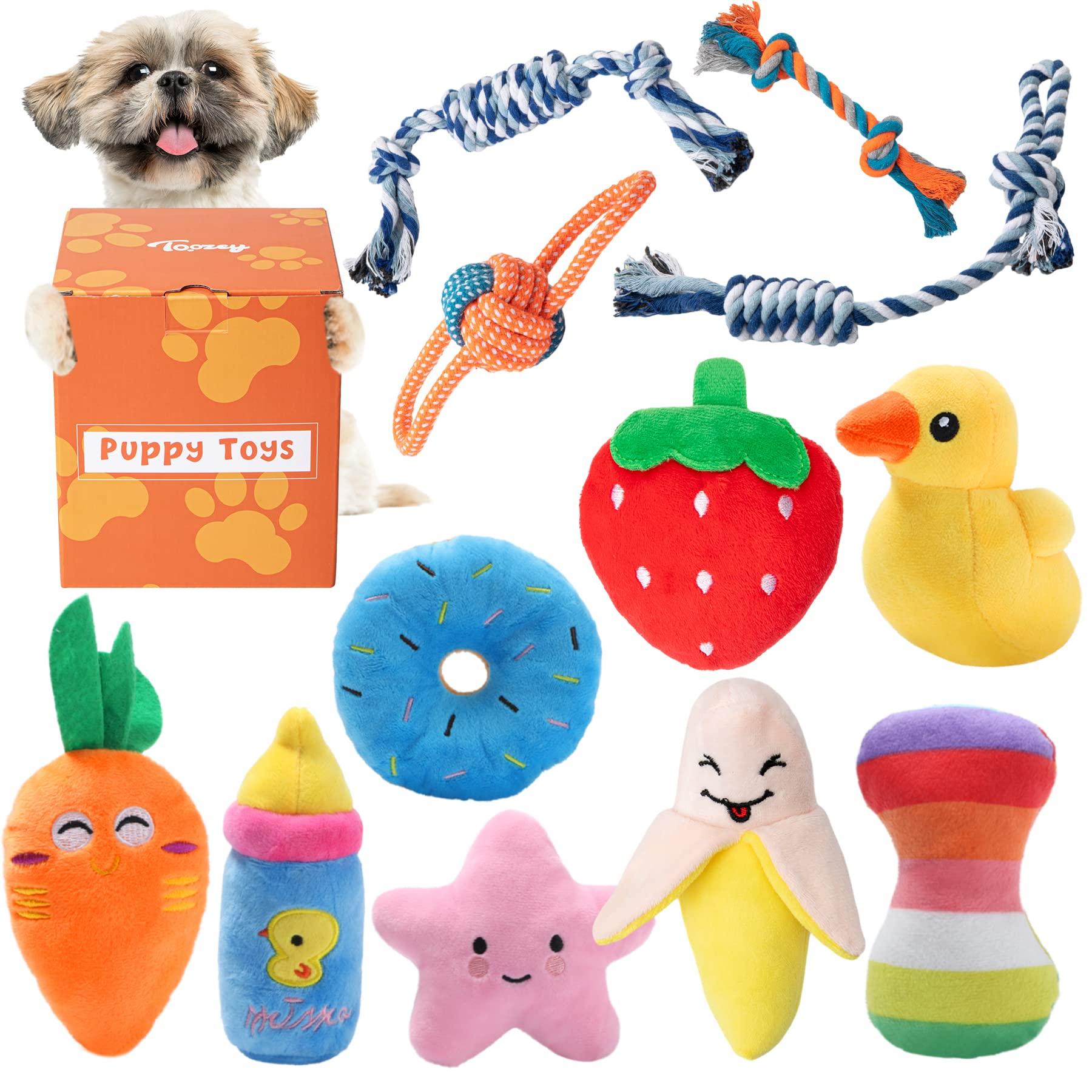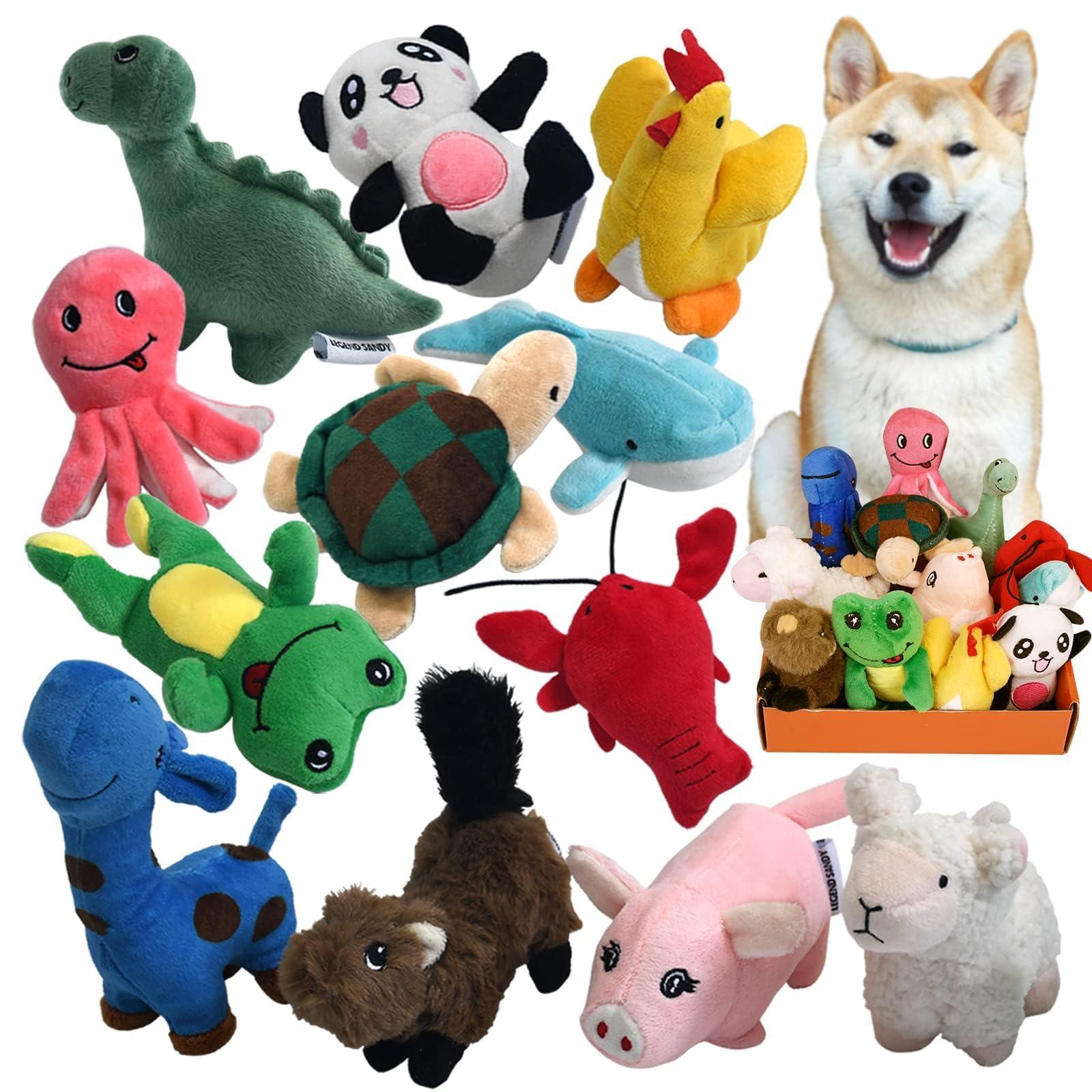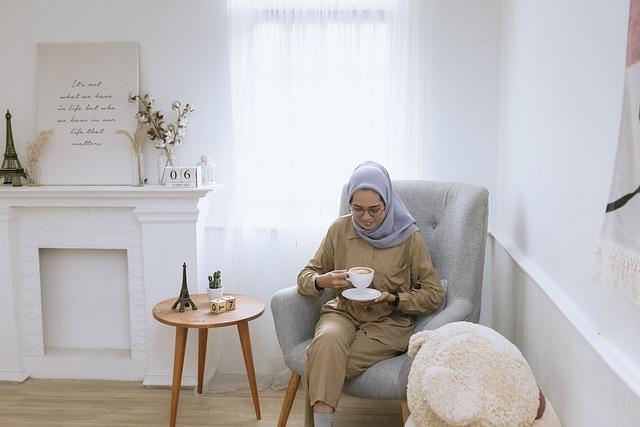In the realm of pet ownership, our furry companions are often seen as cherished family members, deserving of the utmost care and attention. As responsible dog owners, we strive to provide them with a nurturing environment that fosters their physical and emotional well-being. One aspect of this nurturing involves selecting the right toys to keep our dogs entertained, mentally stimulated, and physically active. However, an intriguing question arises: do certain toys inadvertently promote aggressive behavior in dogs? This article aims to explore this topic, offering insights and guidance to help you make informed decisions about the playthings you choose for your beloved canine companion. Through understanding the nuances of dog behavior and the role of toys, we can create a harmonious environment that nurtures both playfulness and peacefulness in our pets.
Understanding the Connection Between Toys and Aggression in Dogs
While toys are often seen as mere sources of entertainment, their role in a dog’s behavior is more complex. Some toys can inadvertently trigger or amplify aggressive tendencies, but understanding the dynamics at play can help mitigate these effects. Interactive toys that encourage a dog to engage physically, such as tug ropes or fetch balls, may sometimes lead to heightened excitement levels. This excitement, if not channeled properly, can manifest as aggression. However, this does not mean that these toys are inherently bad; rather, it highlights the importance of supervised play and training.
- Size and durability: Toys should be appropriately sized for the dog to prevent frustration or injury.
- Material choice: Opt for non-toxic, durable materials to ensure safe play.
- Type of toy: Puzzle toys can engage a dog’s mind and reduce the risk of aggression by promoting calm, focused behavior.
By selecting toys that suit your dog’s personality and energy levels, and by observing their interactions, you can ensure that playtime remains a positive experience. Remember, consistency in training and play is key to managing any behavioral issues, including aggression. With thoughtful choices, toys can be a valuable tool in promoting healthy, happy dogs.

Choosing the Right Toys to Foster Positive Behavior
When selecting toys for your furry friend, it’s important to consider those that not only entertain but also encourage good behavior. Opt for interactive toys that stimulate your dog’s mind and keep them engaged in a positive way. Toys that dispense treats or require problem-solving can help redirect energy that might otherwise manifest as unwanted behavior. Look for items that encourage gentle play, such as plush toys or rubber chew toys, which can be especially beneficial for dogs that may be prone to aggressive tendencies.
- Puzzle toys: These challenge your dog’s intellect and keep them occupied.
- Treat-dispensing toys: Encourage patience and problem-solving skills.
- Soft, plush toys: Ideal for dogs that enjoy cuddling and gentle play.
- Durable rubber toys: Perfect for those who love to chew, without promoting aggression.
It’s also essential to rotate toys regularly to maintain your dog’s interest and avoid boredom, which can sometimes lead to destructive behavior. By choosing the right toys, you can foster a harmonious environment and nurture a well-behaved companion.

Expert Tips on Reducing Aggressive Play with Toys
Encouraging positive playtime habits in your furry friend can be achieved with a few strategic adjustments. Here are some expert tips to guide you:
- Choose the Right Toys: Opt for toys that encourage calm behavior, such as puzzle toys or treat dispensers, which engage their minds and reduce the urge for aggressive play.
- Structured Play Sessions: Designate specific times for play and ensure these sessions are consistent. This helps your dog anticipate when it’s time to be active and when to relax.
- Teach Commands: Incorporate commands like “drop it” or “leave it” during play to maintain control and ensure safety. Positive reinforcement with treats or praise can reinforce these behaviors.
- Supervised Play: Always supervise playtime, especially with new toys, to redirect any aggressive behavior promptly and appropriately.
Implementing these strategies can create a more harmonious play environment, fostering a positive and enjoyable experience for both you and your dog.

Creating a Balanced Playtime Routine for a Happier Dog
Creating a routine that balances playtime with calm activities is essential for nurturing a well-rounded and content canine companion. While play is a crucial component of a dog’s daily life, it’s important to ensure it doesn’t become a source of overstimulation. Incorporating a variety of toys can enrich your dog’s environment, offering mental and physical stimulation without promoting aggression. Consider toys that challenge your dog’s intellect, such as puzzle toys or treat-dispensing balls, which encourage problem-solving and patience.
Here are some tips to maintain a balanced playtime routine:
- Rotate toys regularly to keep your dog’s interest and prevent boredom.
- Include calming activities like walks or gentle games to wind down after play sessions.
- Observe your dog’s behavior to identify any signs of overstimulation or frustration.
- Provide structured playtimes with clear start and end times to establish routine and expectations.
By being mindful of the types of toys and activities you incorporate, you can foster a peaceful and joyful environment for your dog, enhancing their overall well-being.

